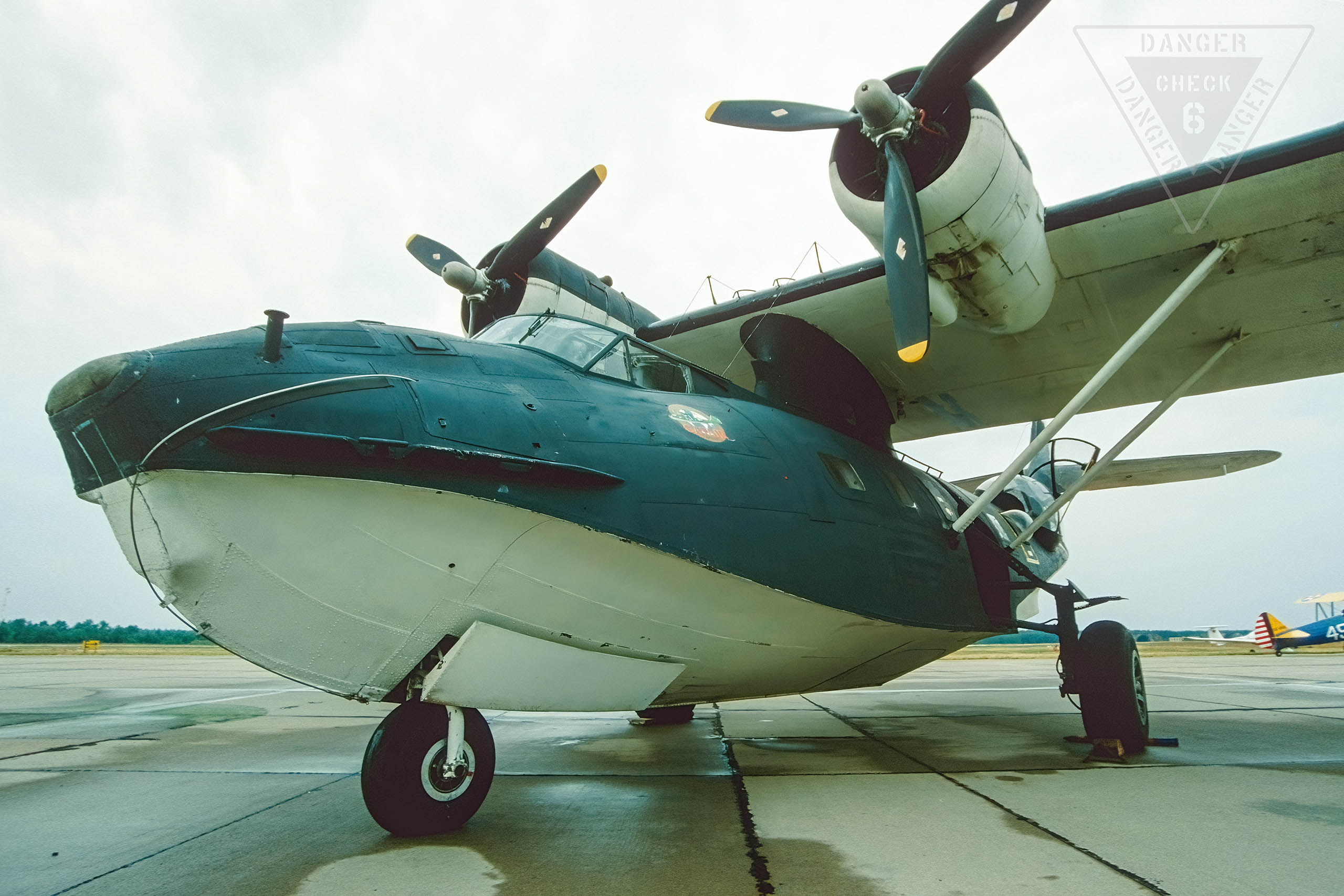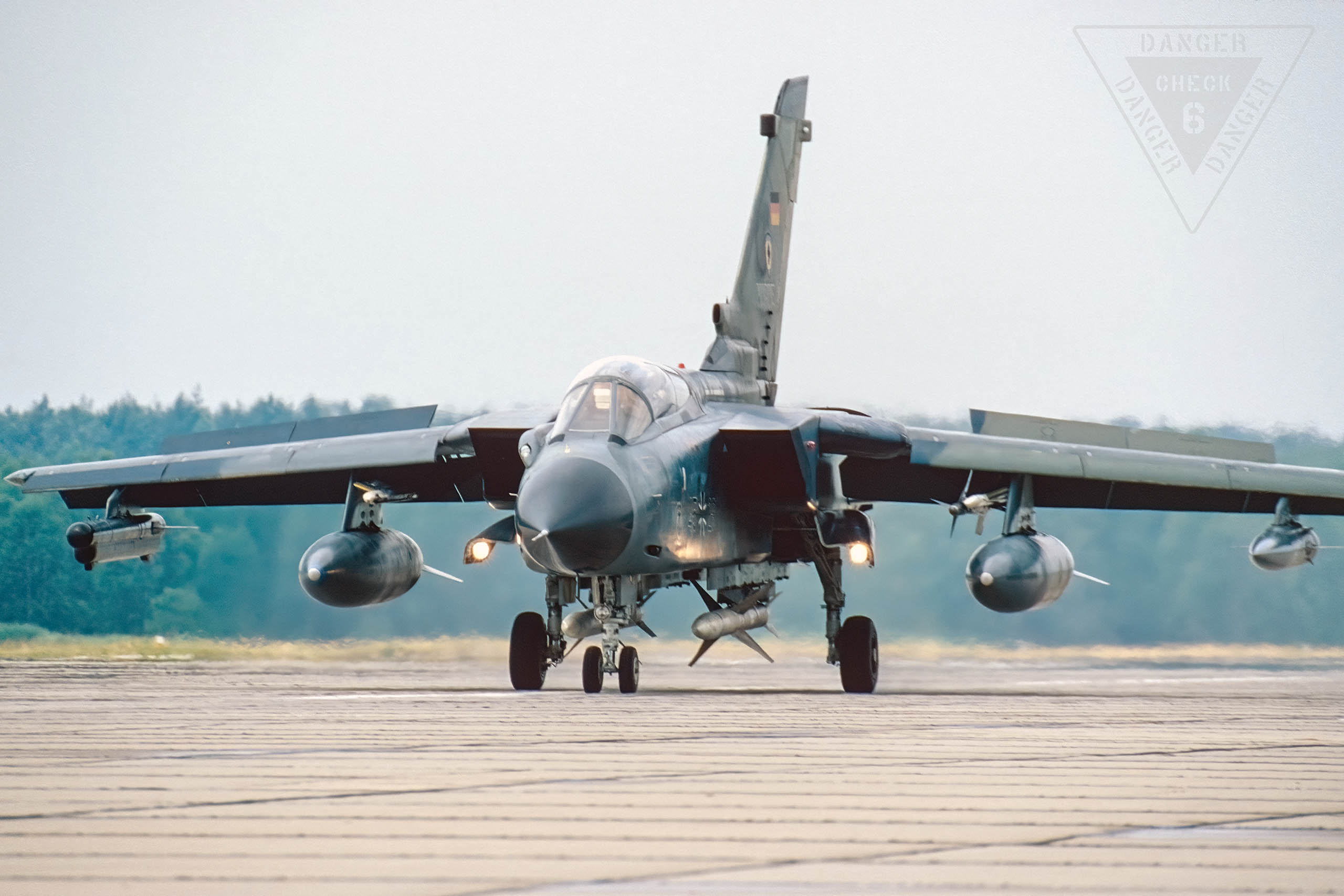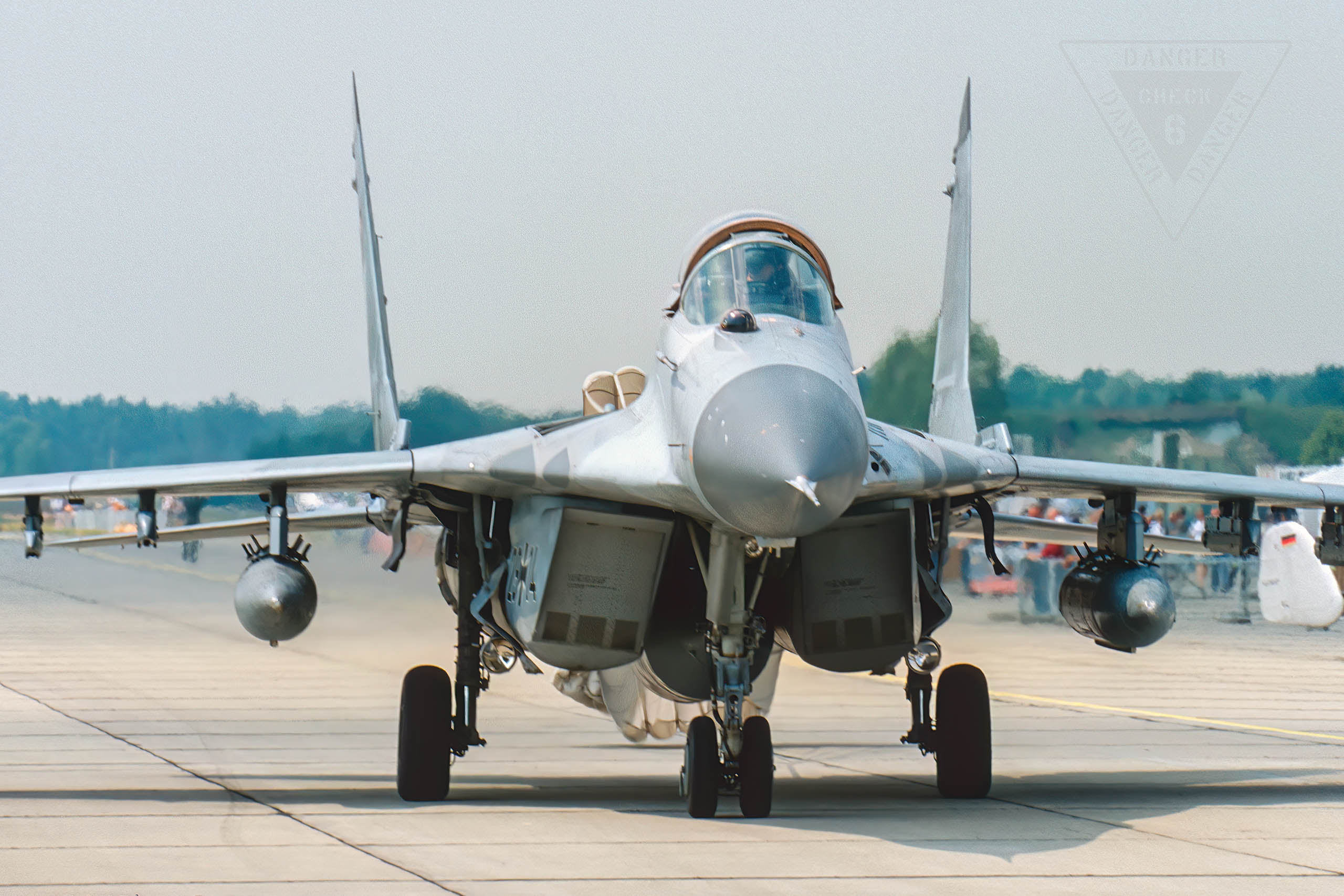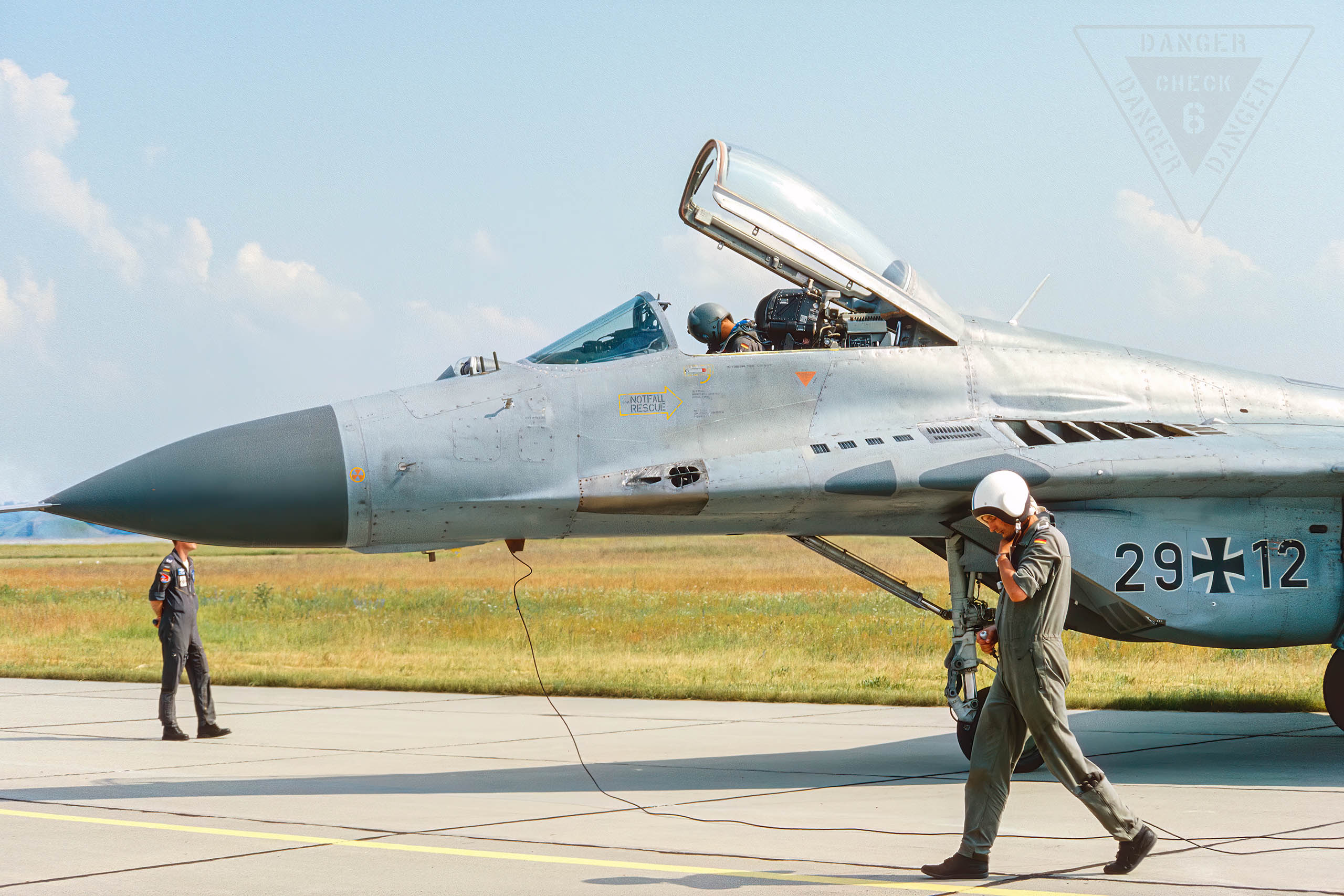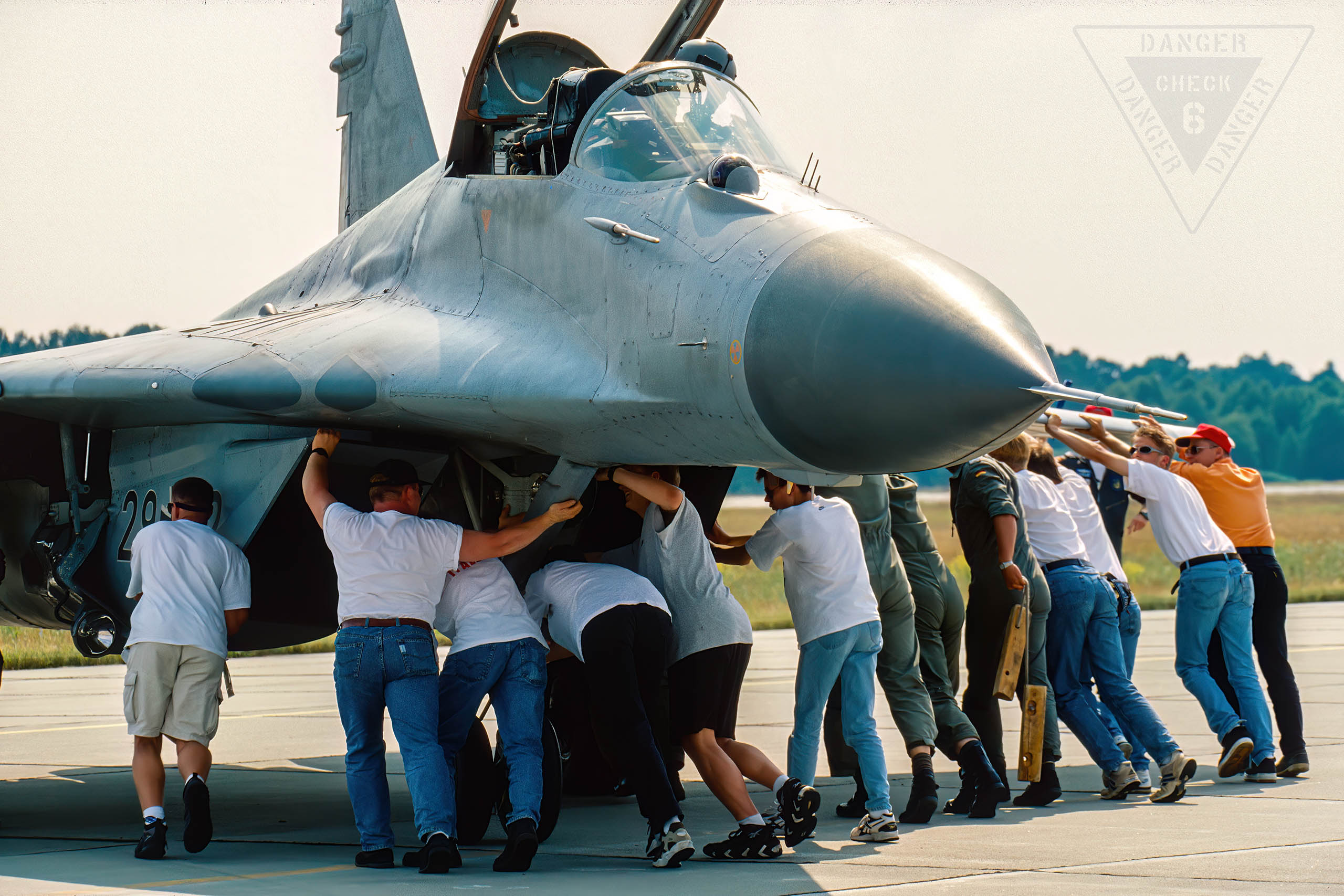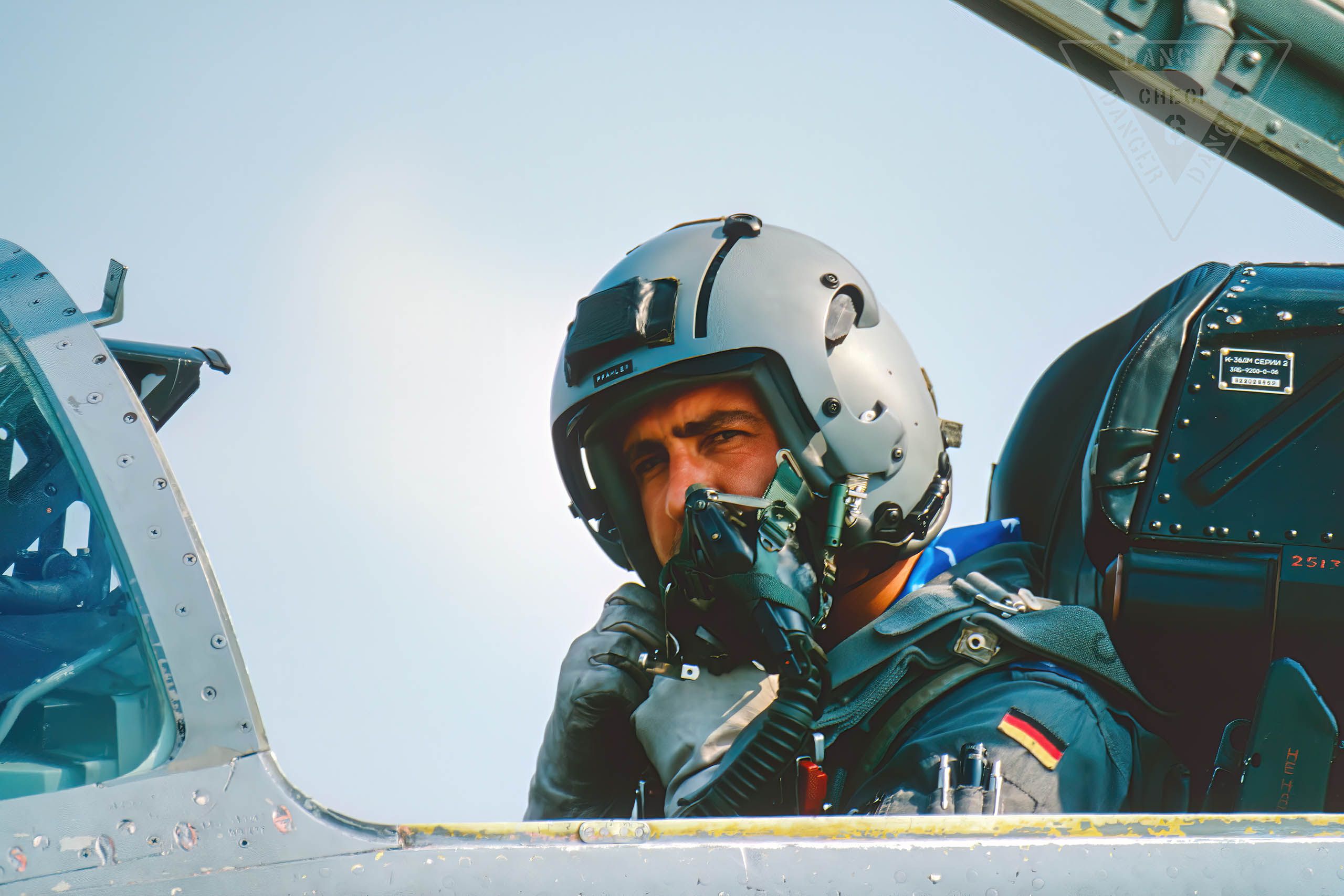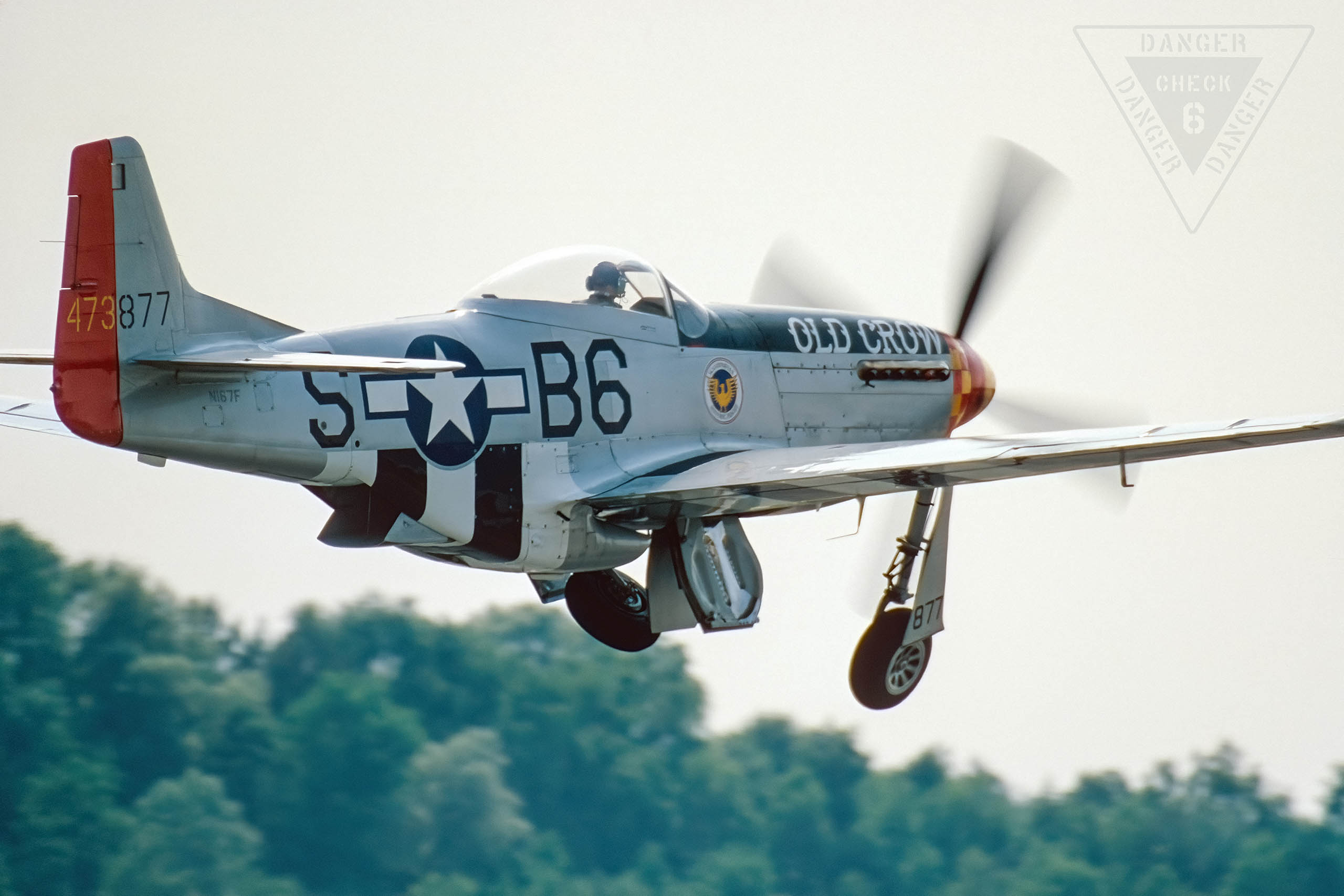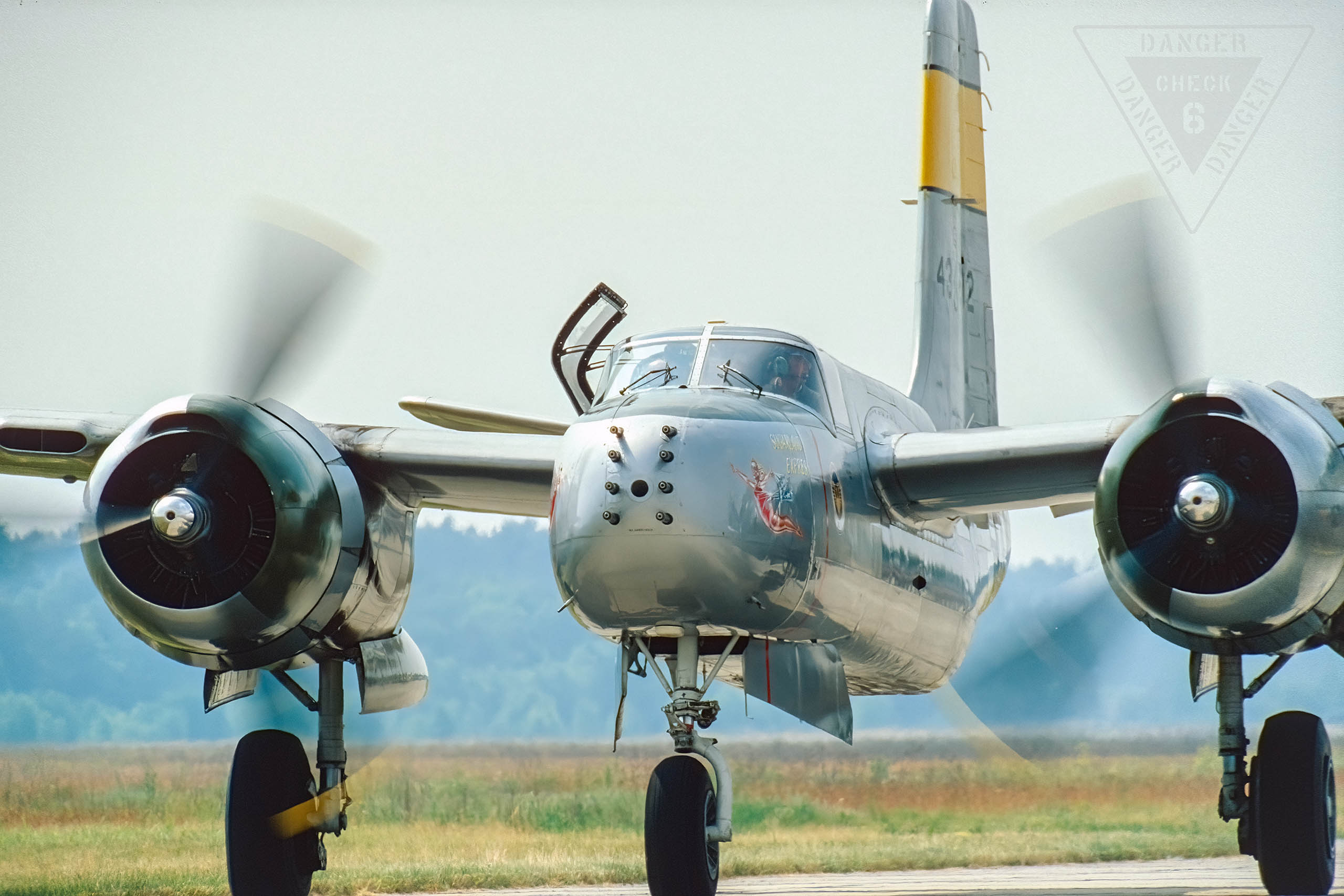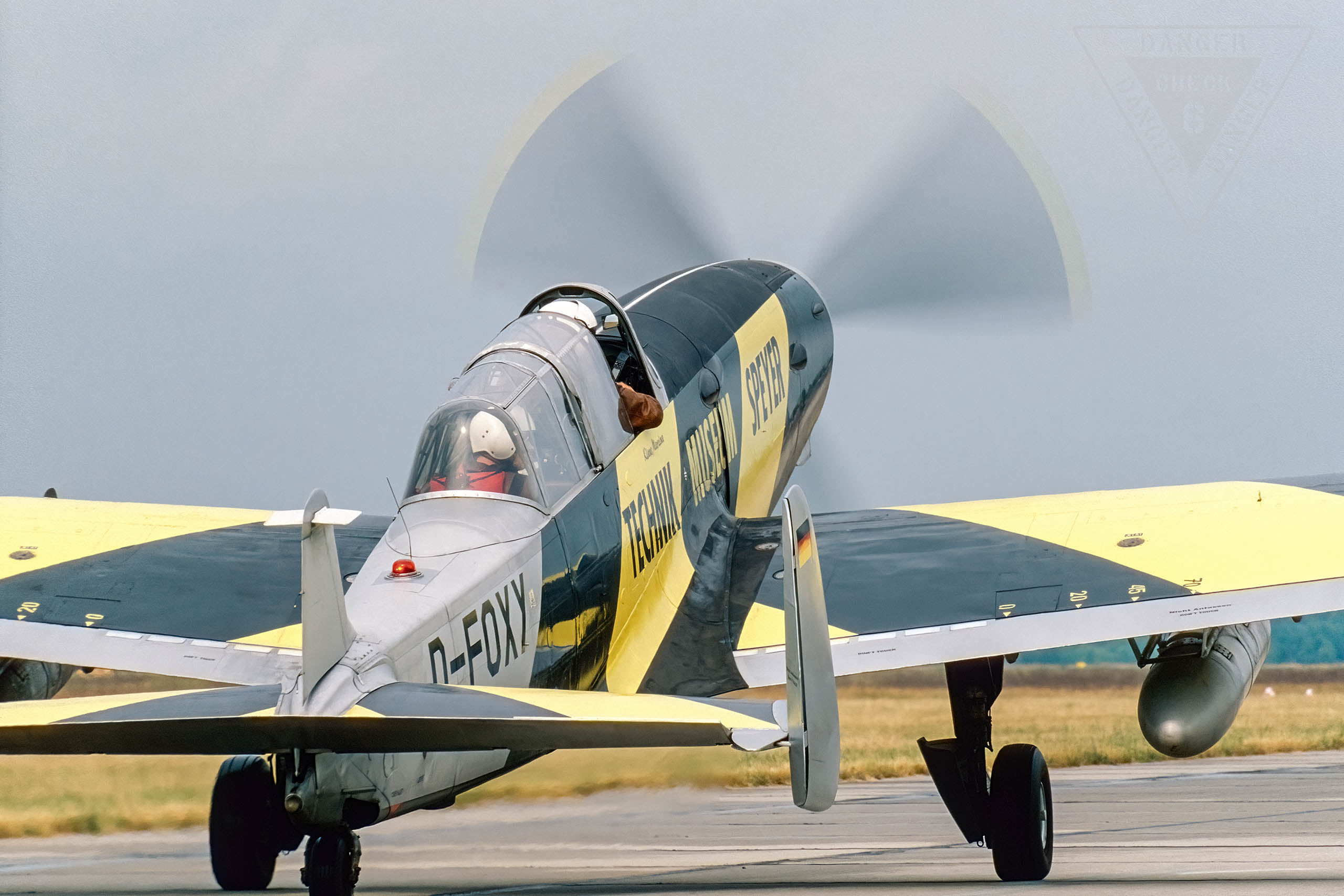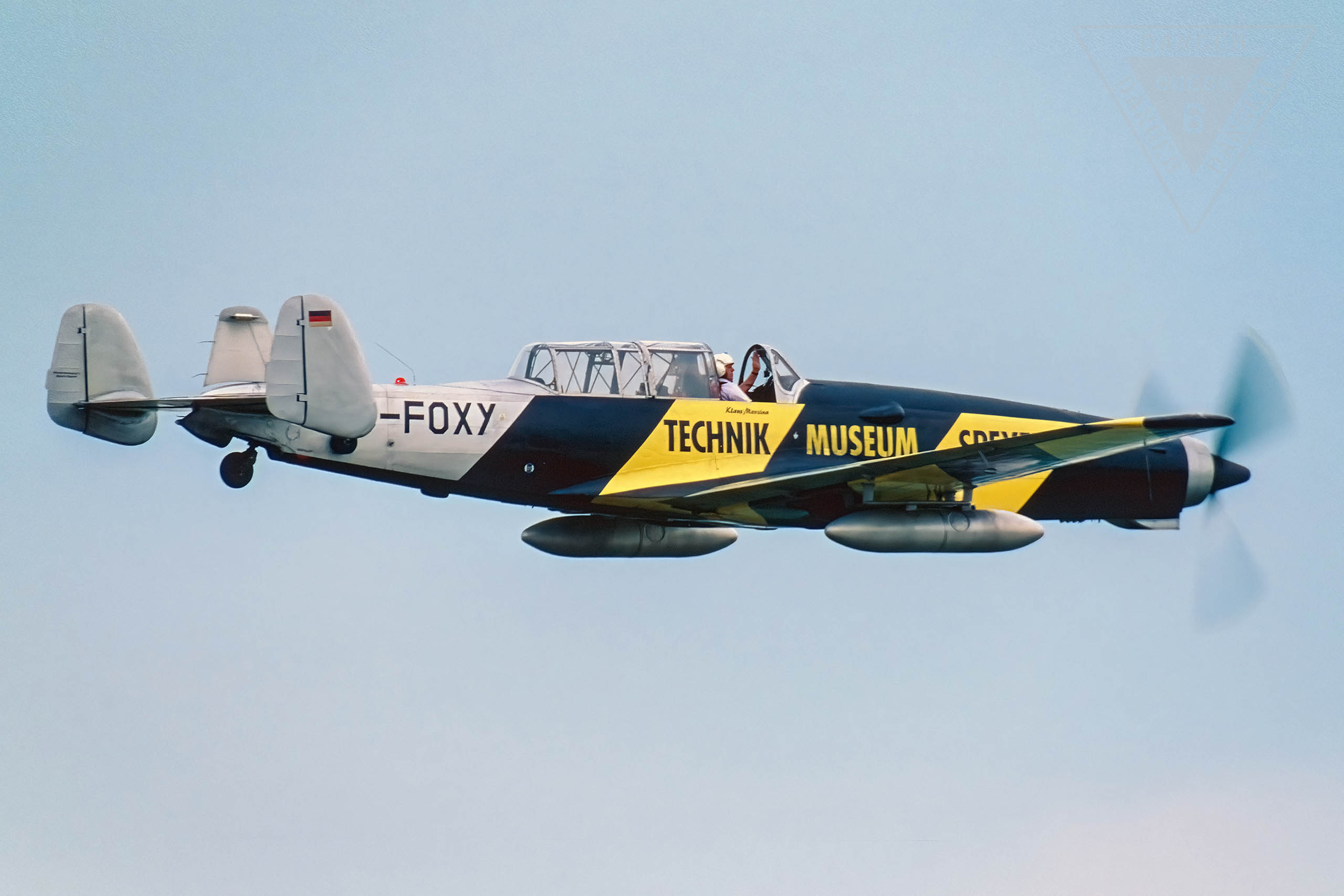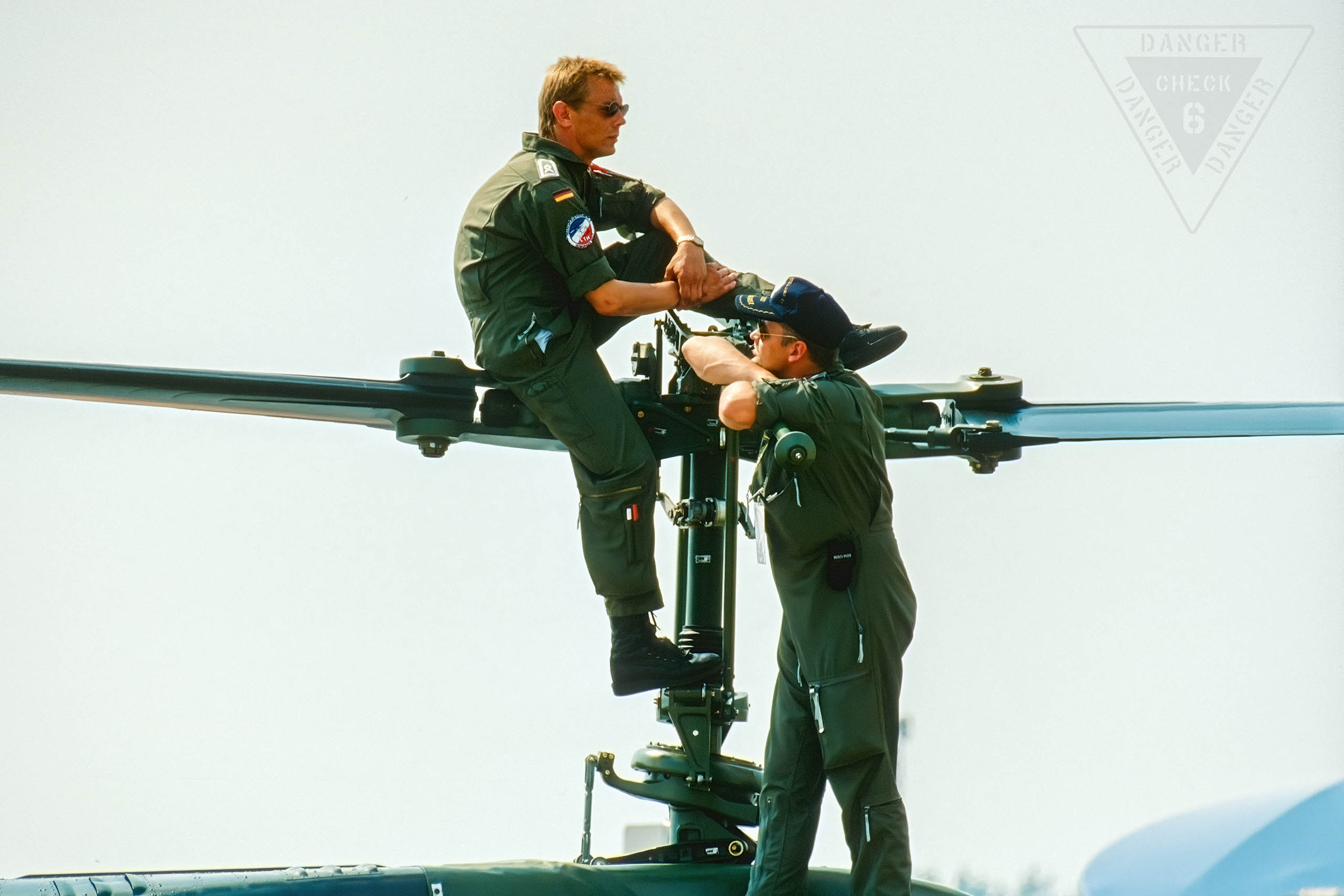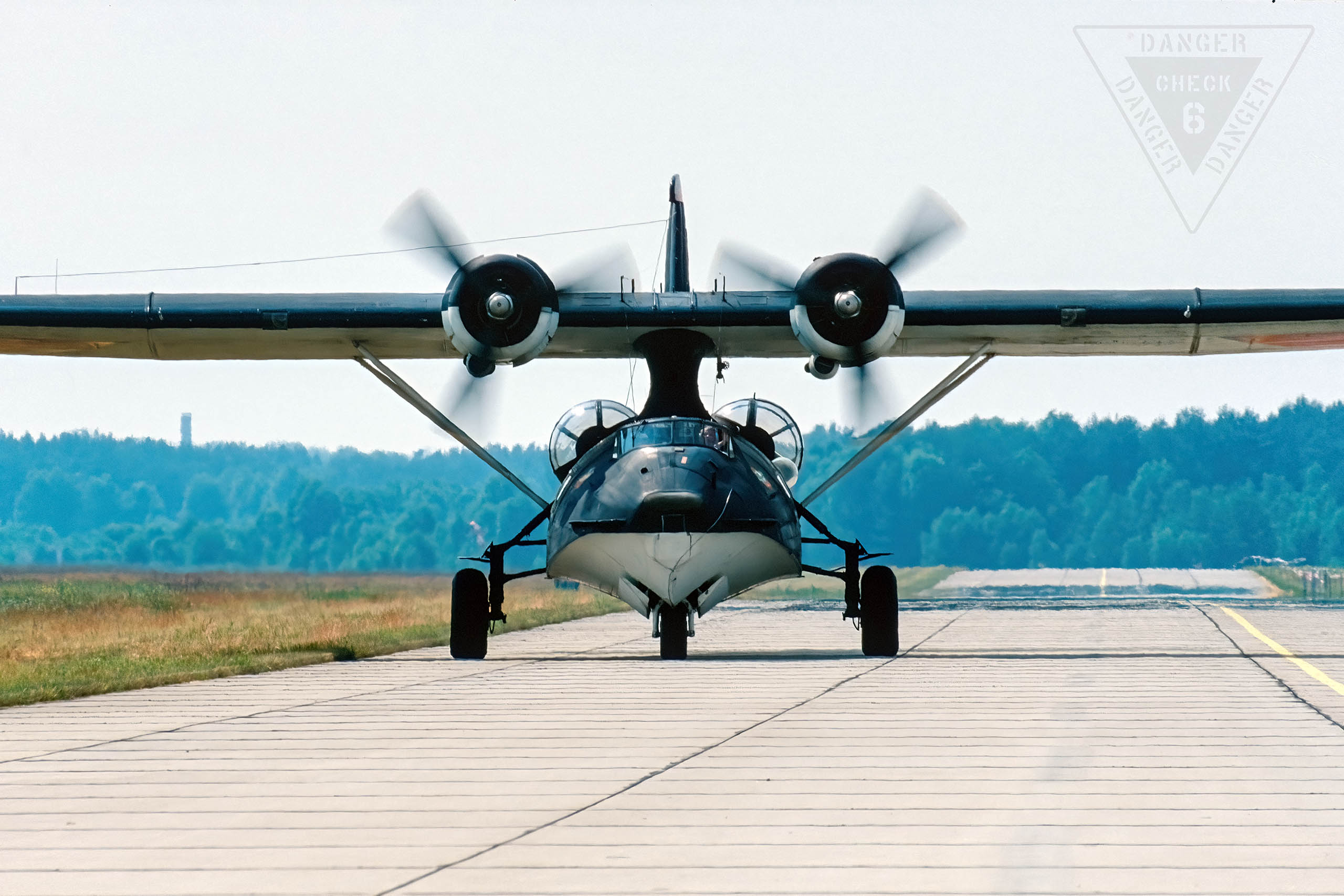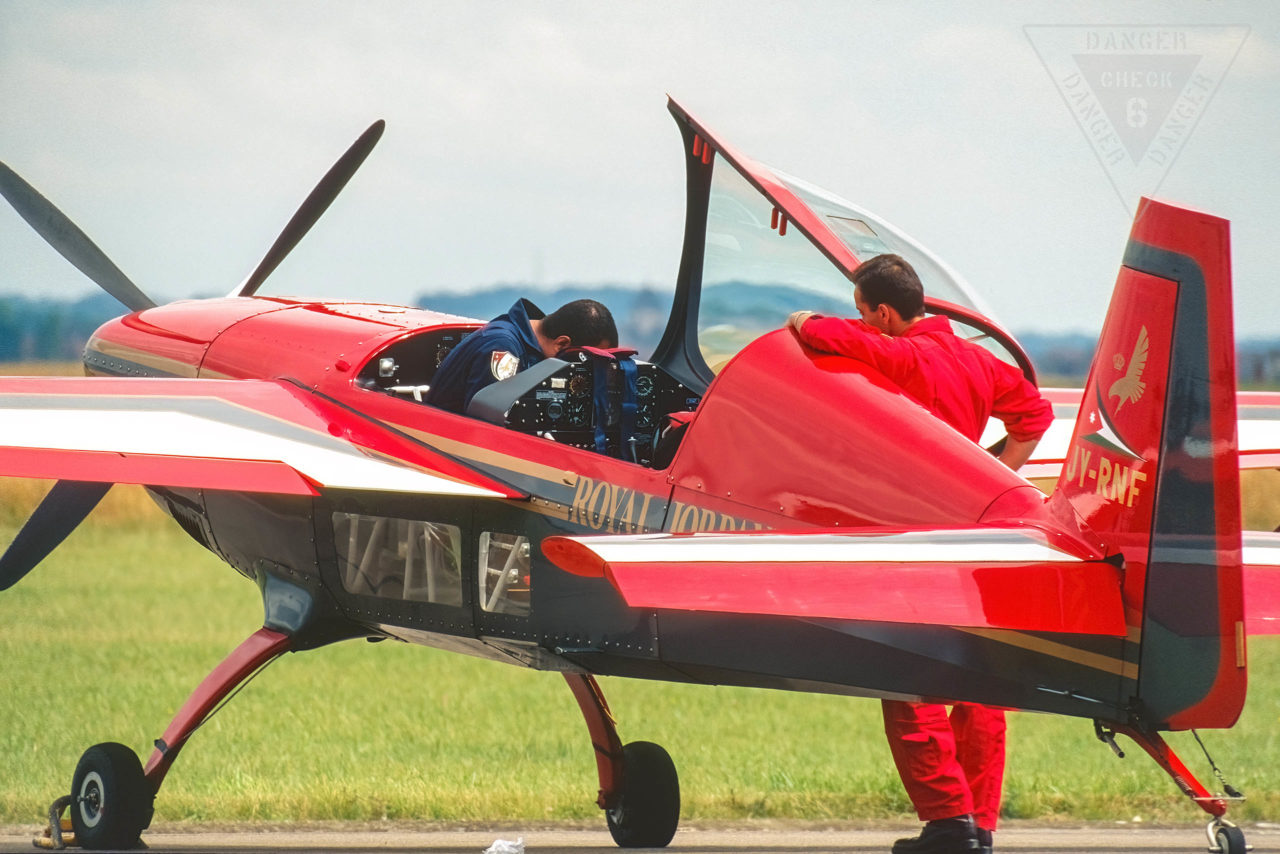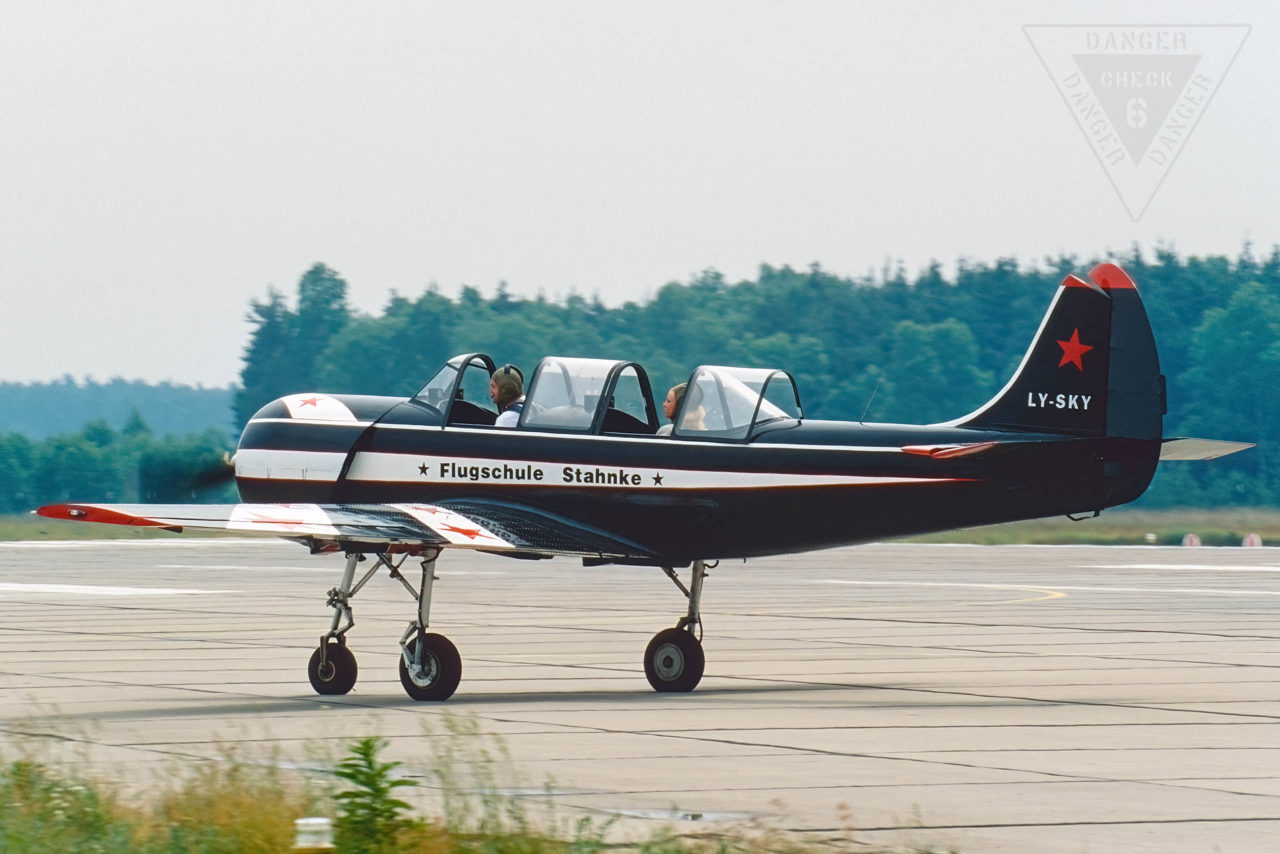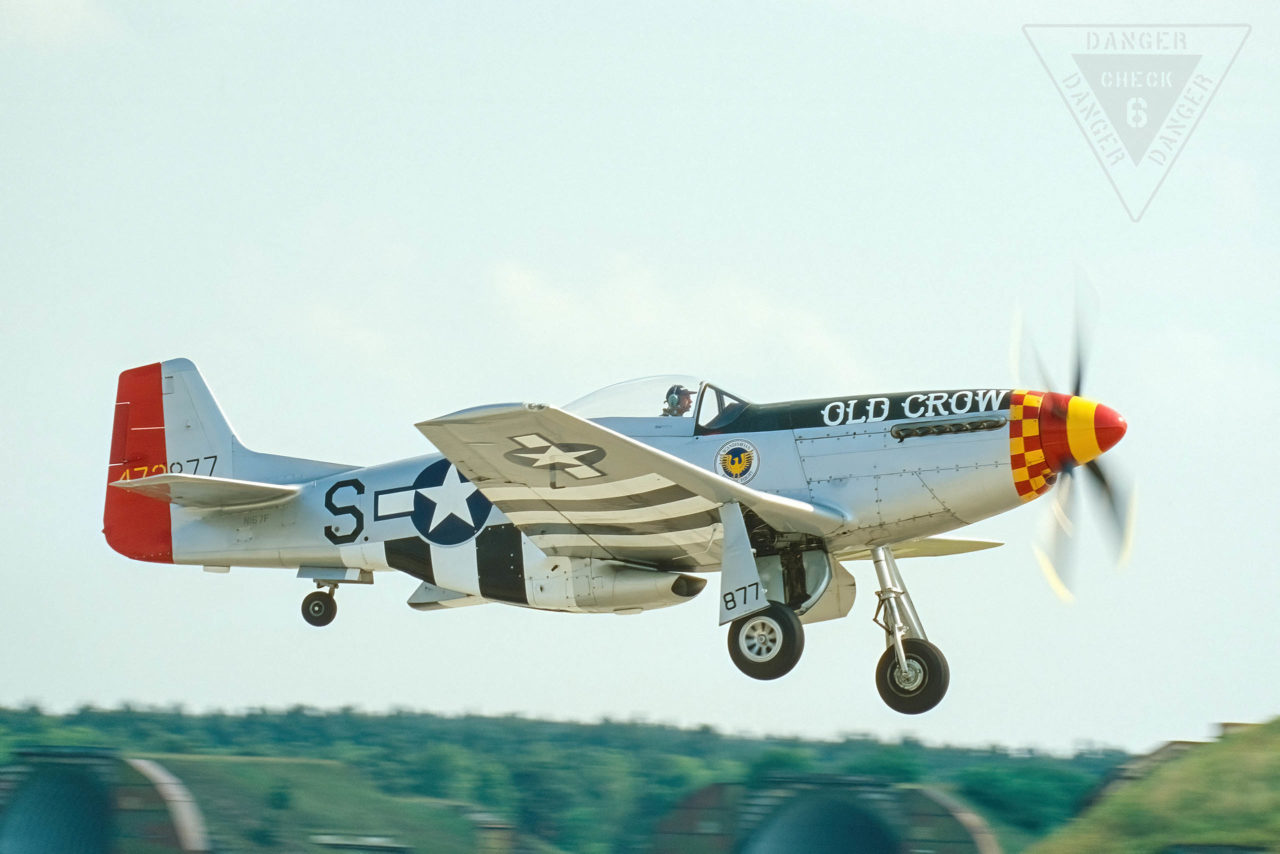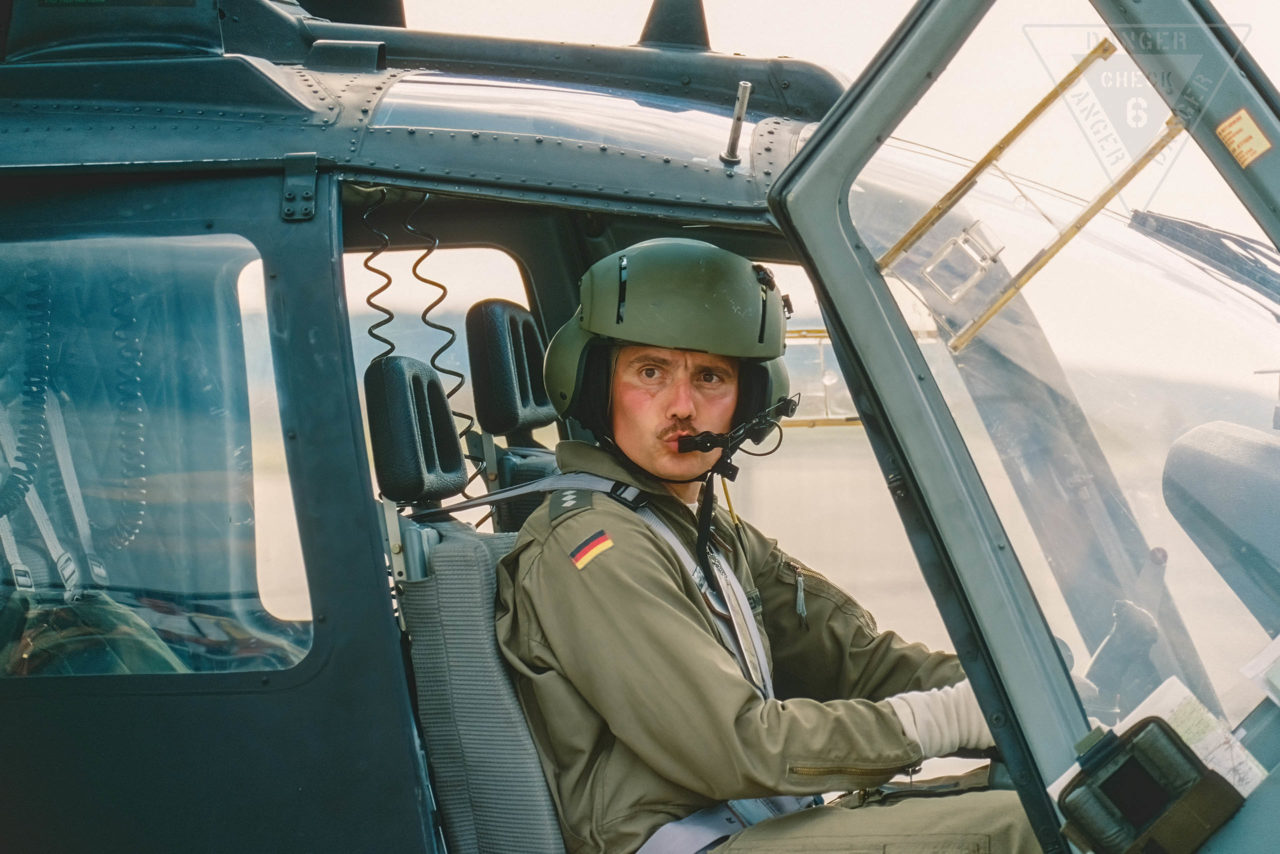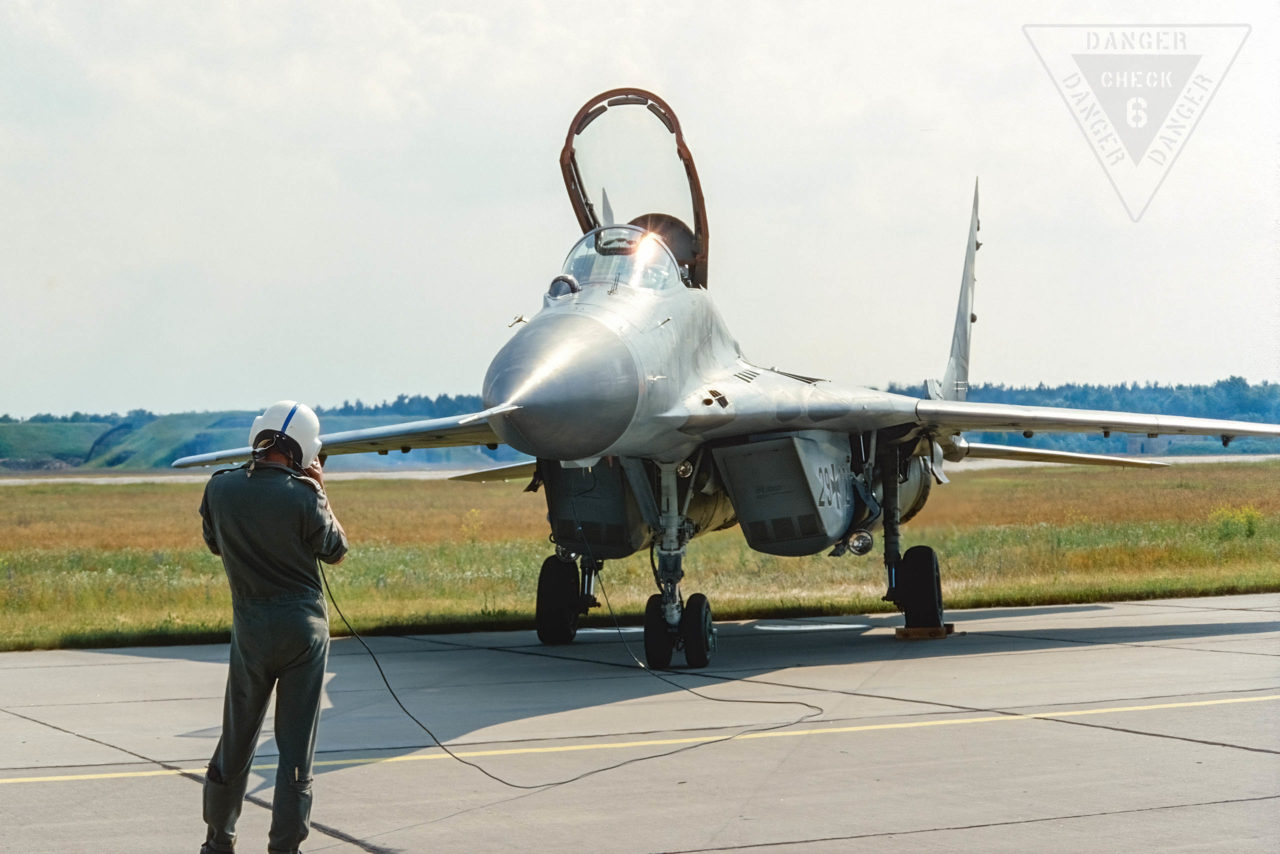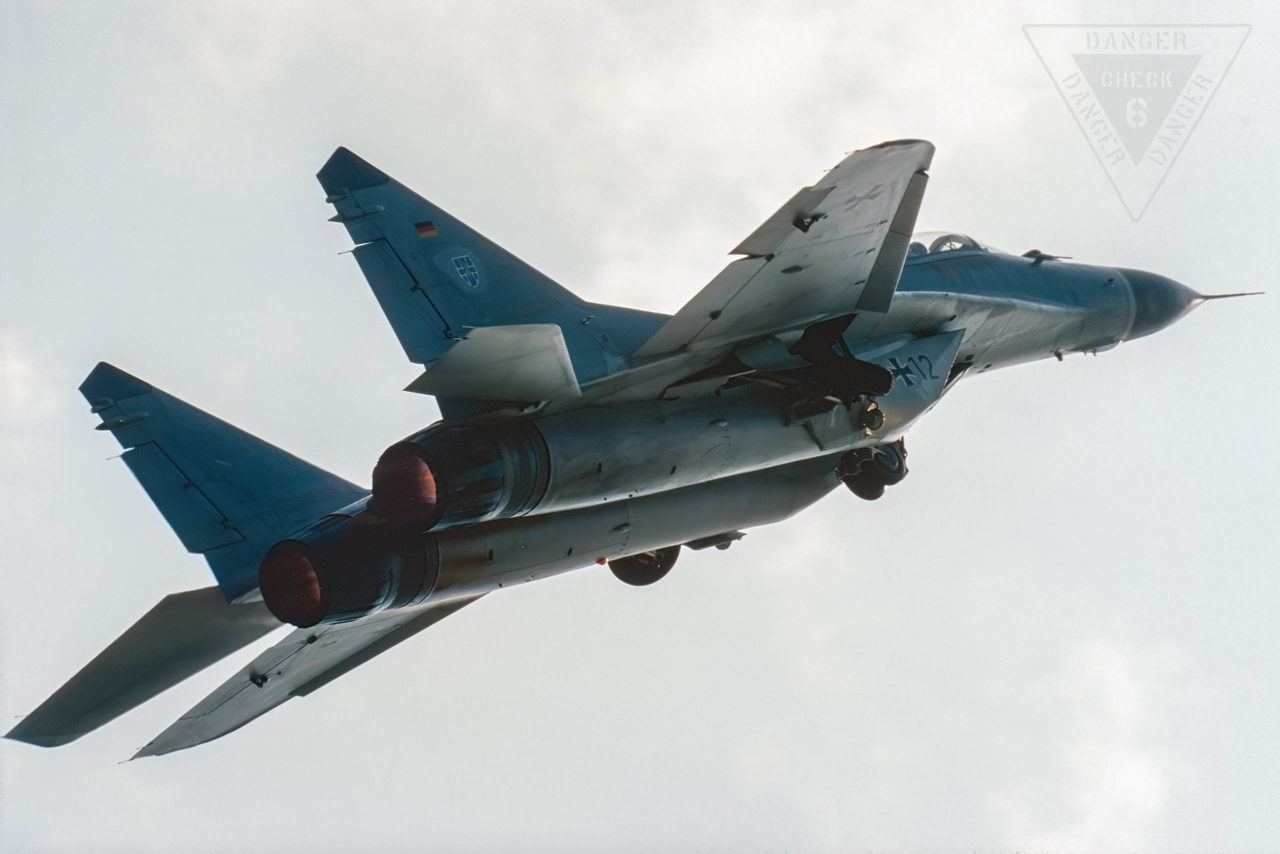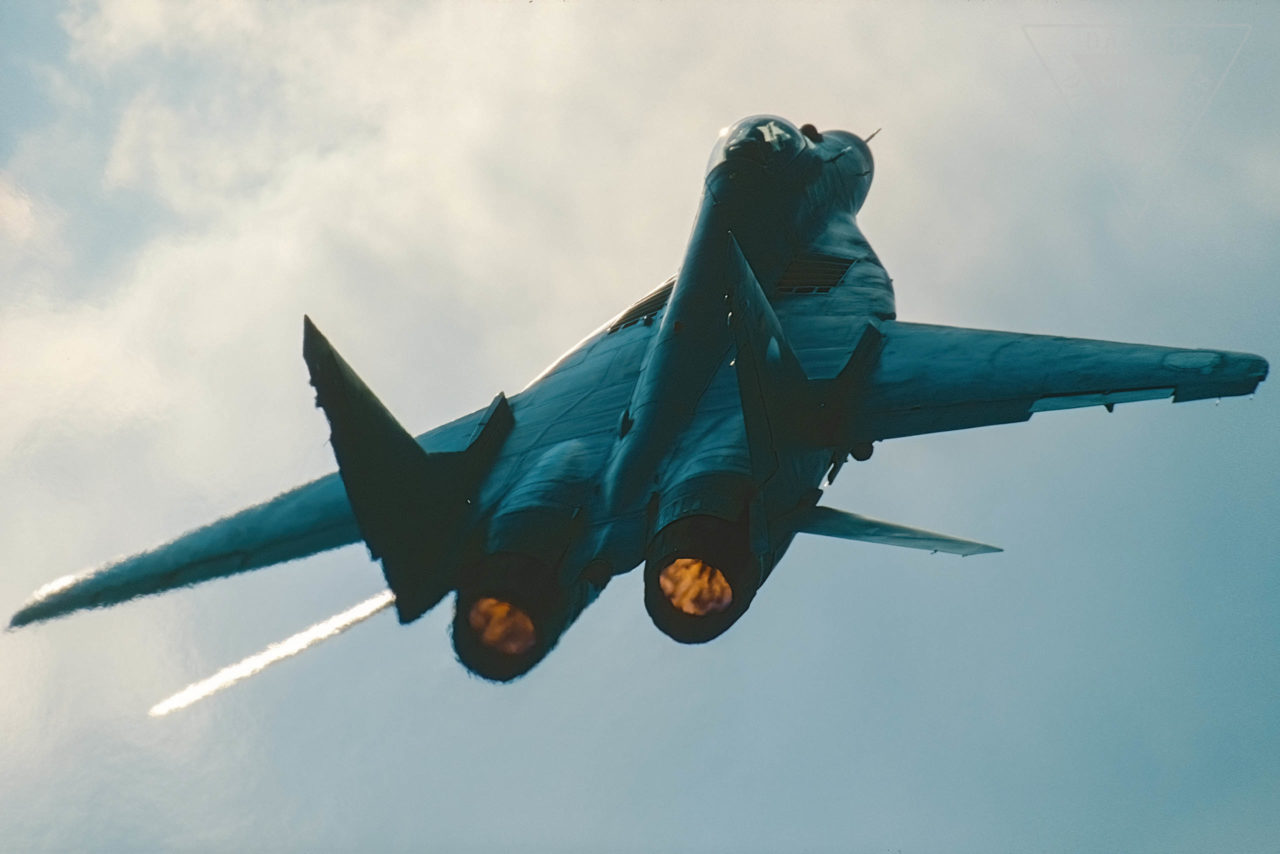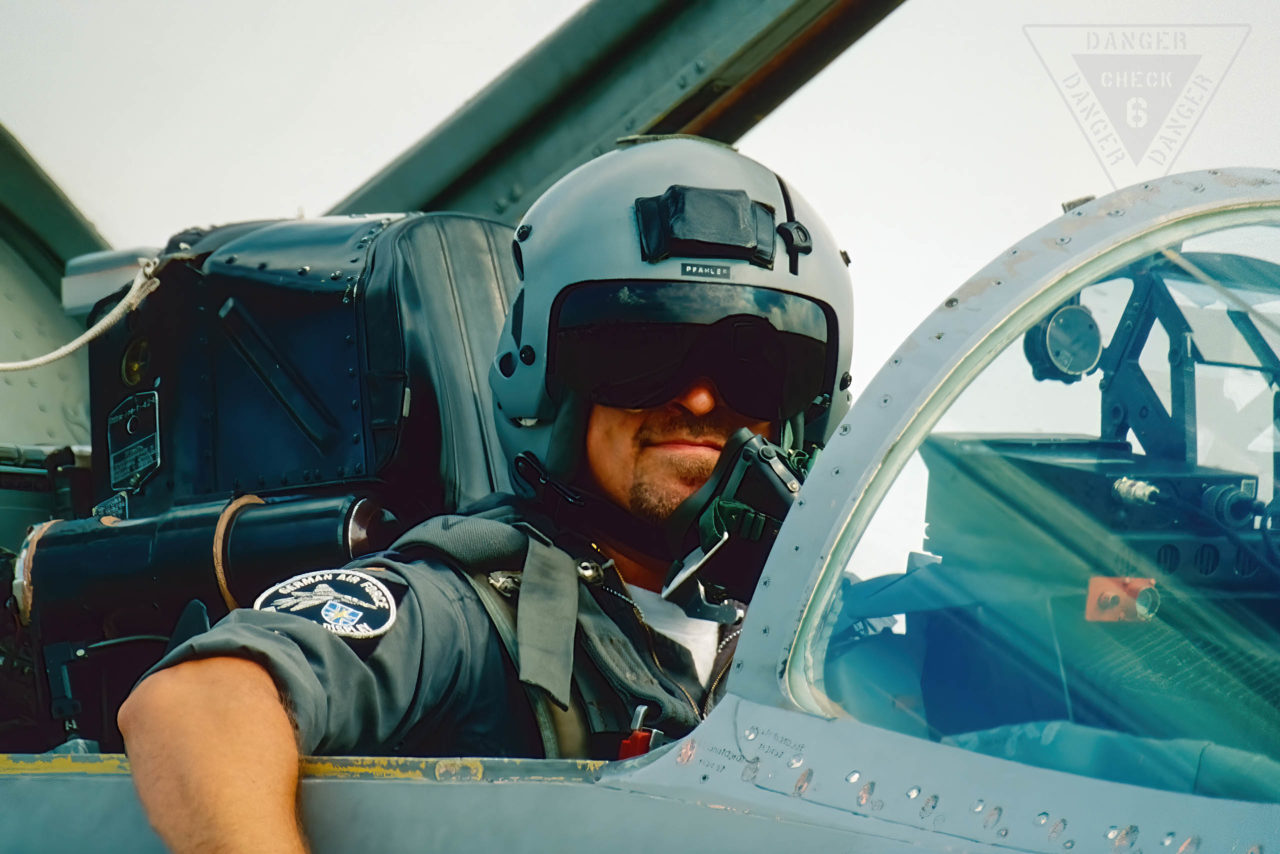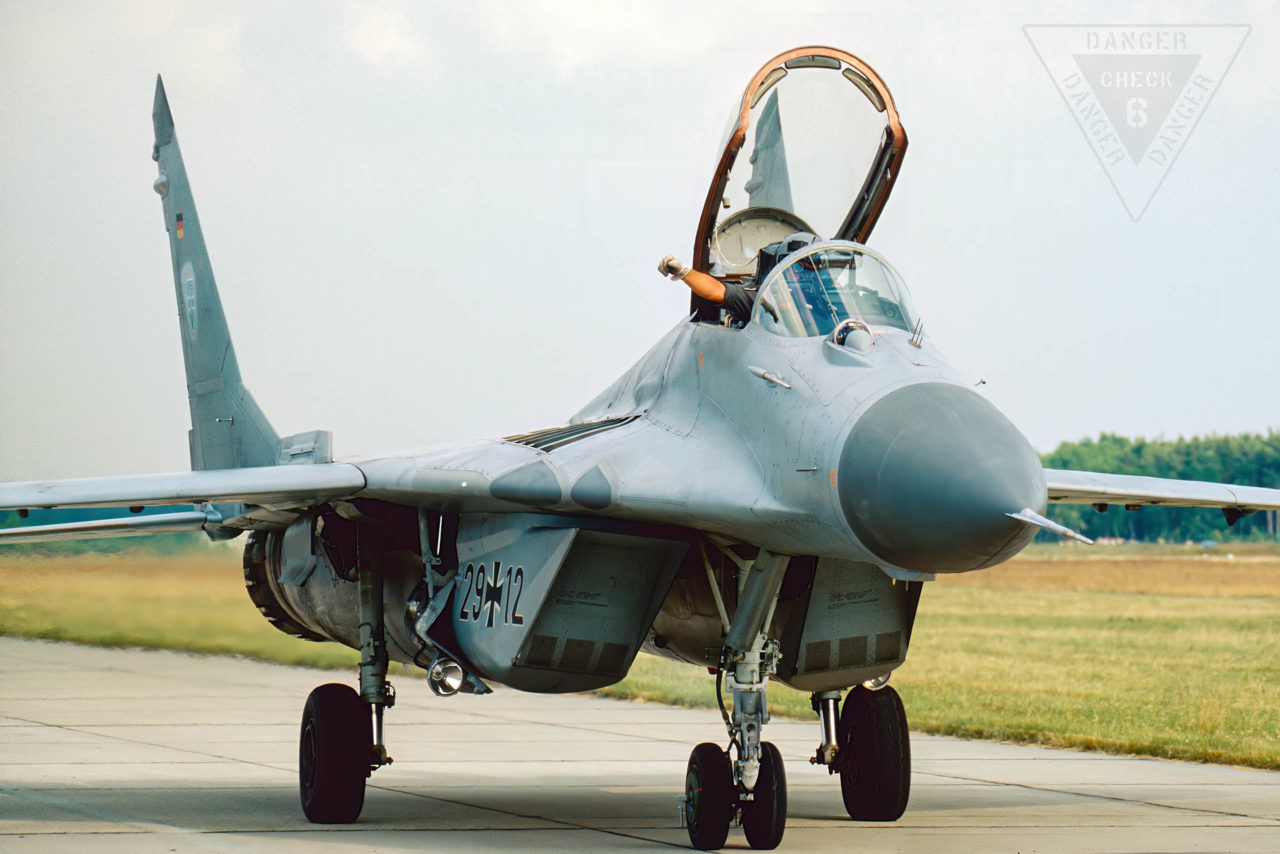FINOW Airshow 1997 - Flying Legends Association e.V. / Germany
Update: 2022/08/25 by Robert Kysela / CHK6
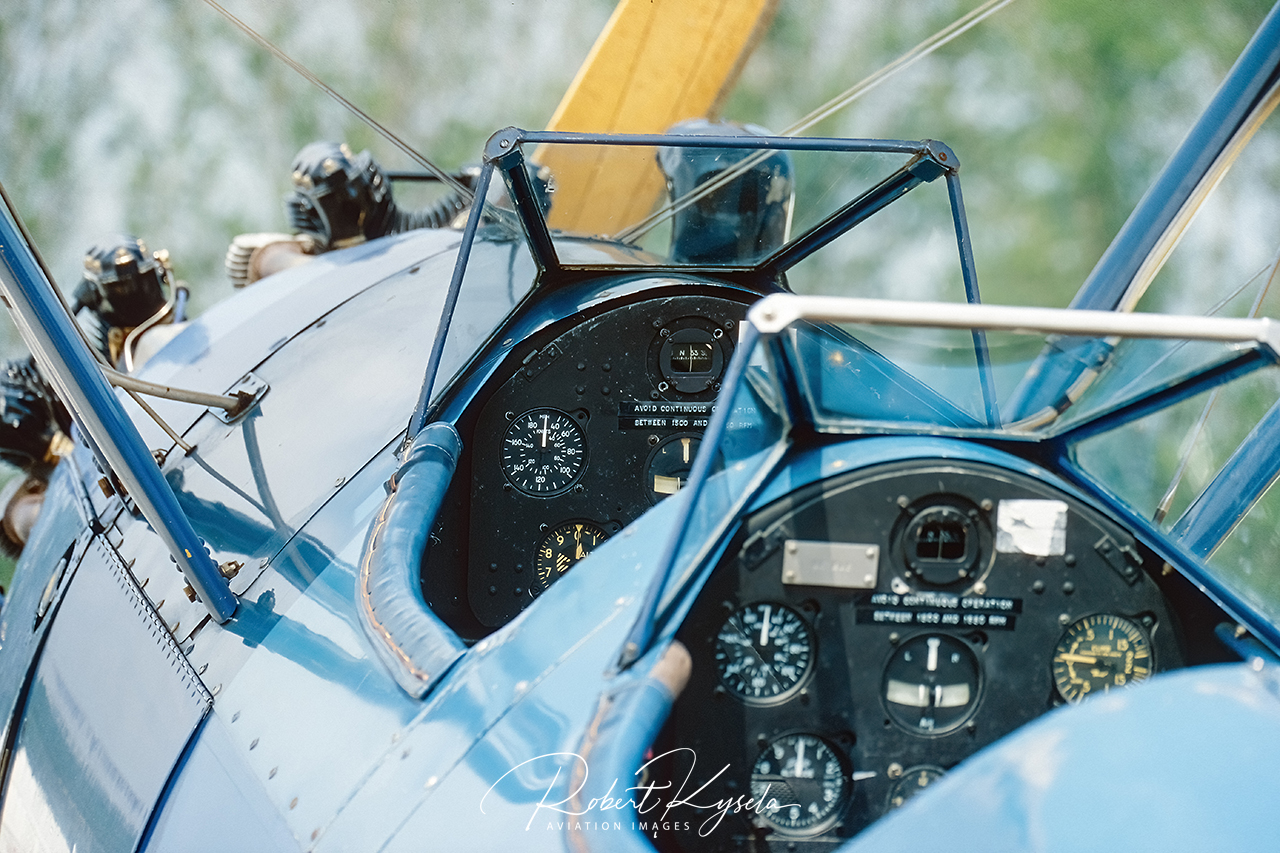
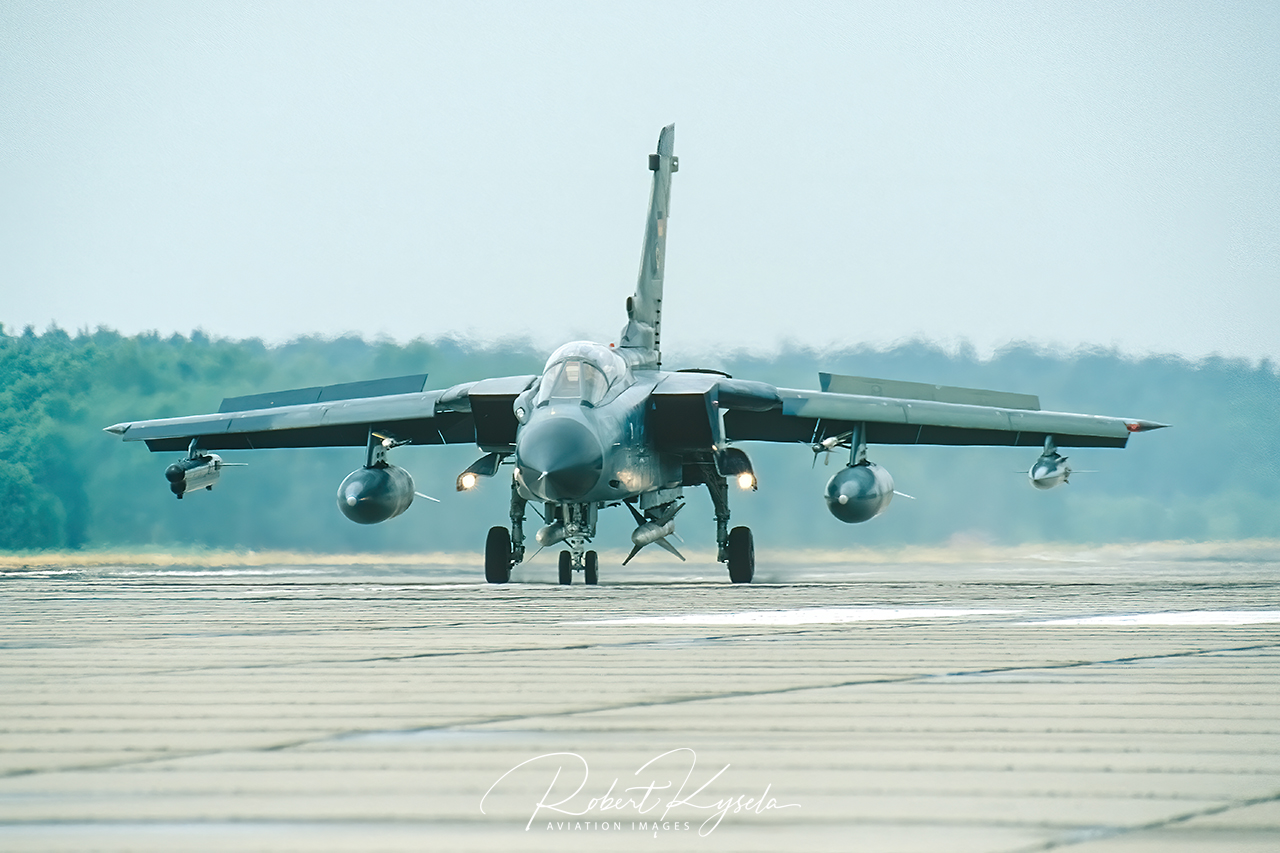
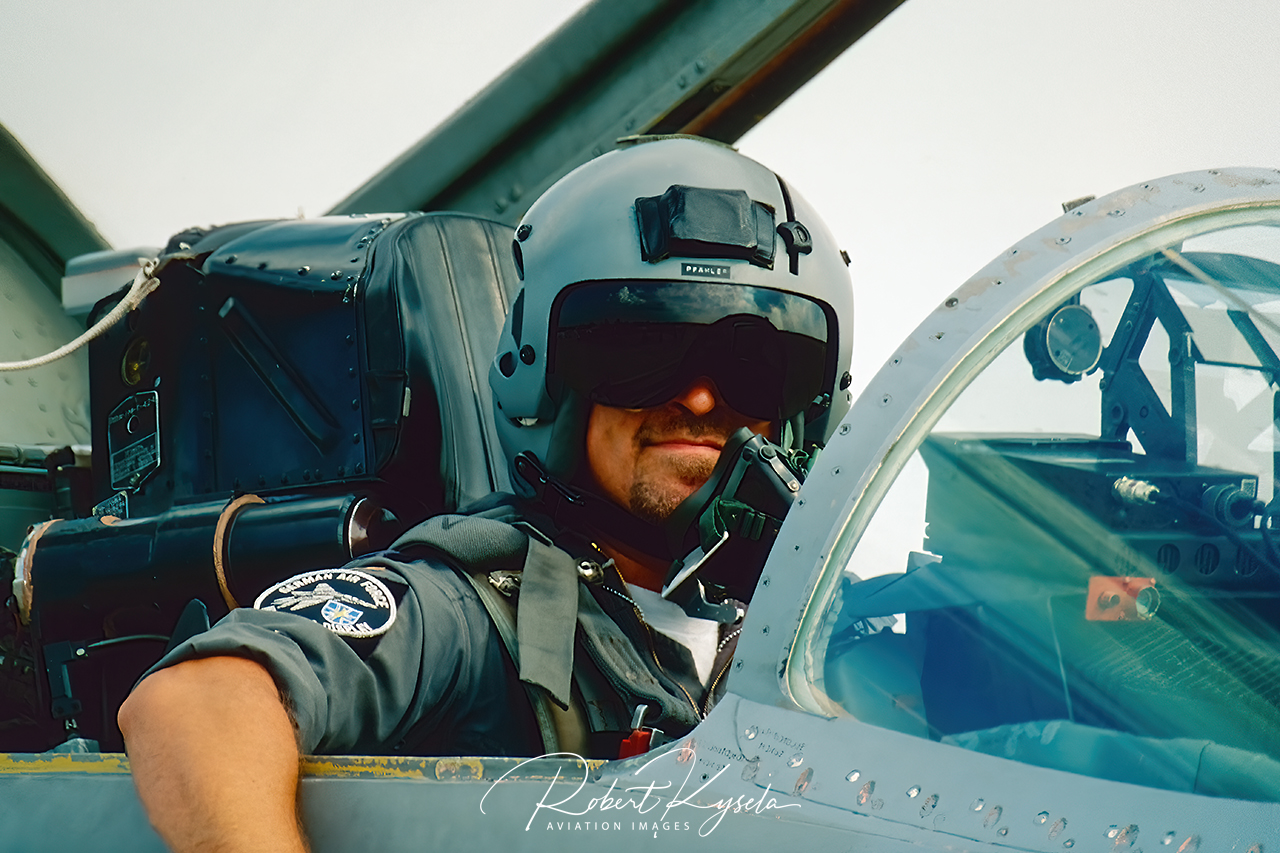
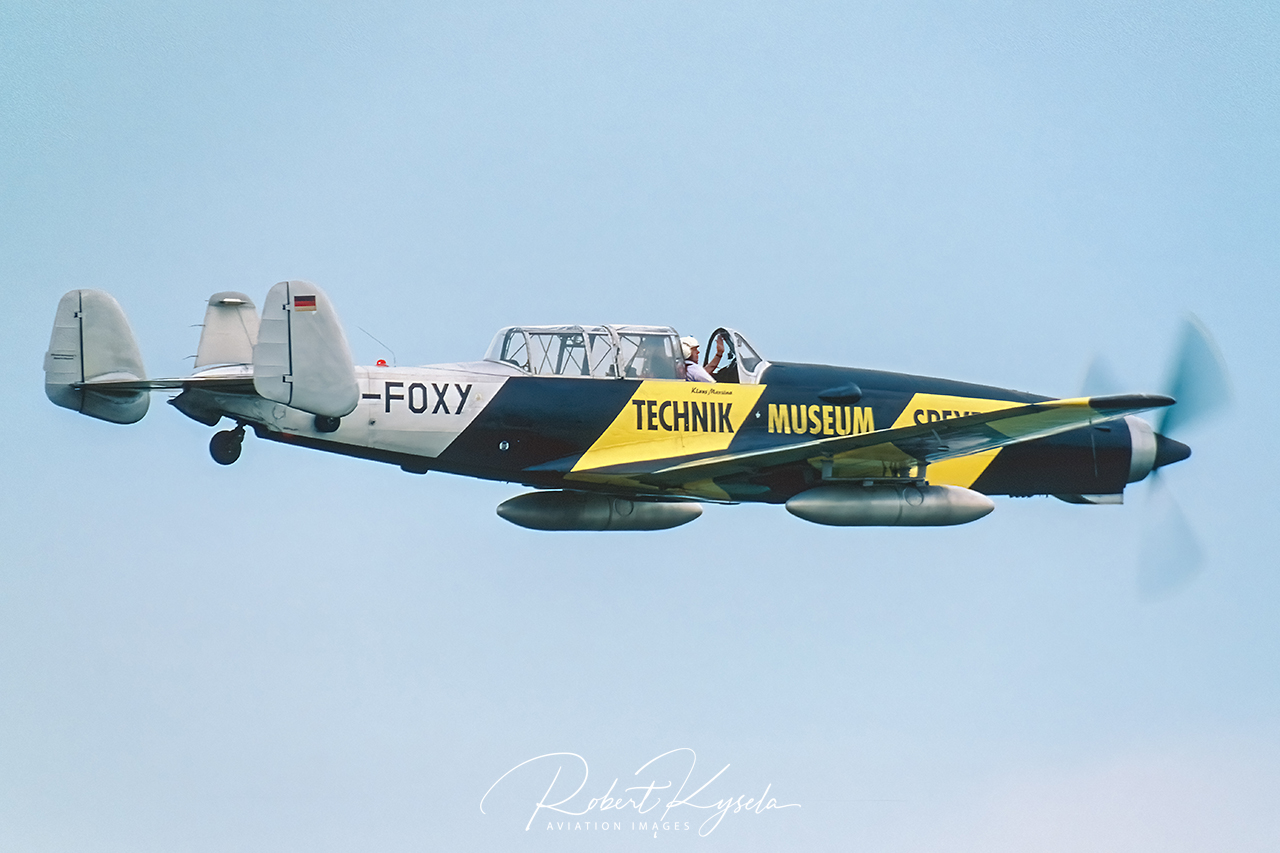
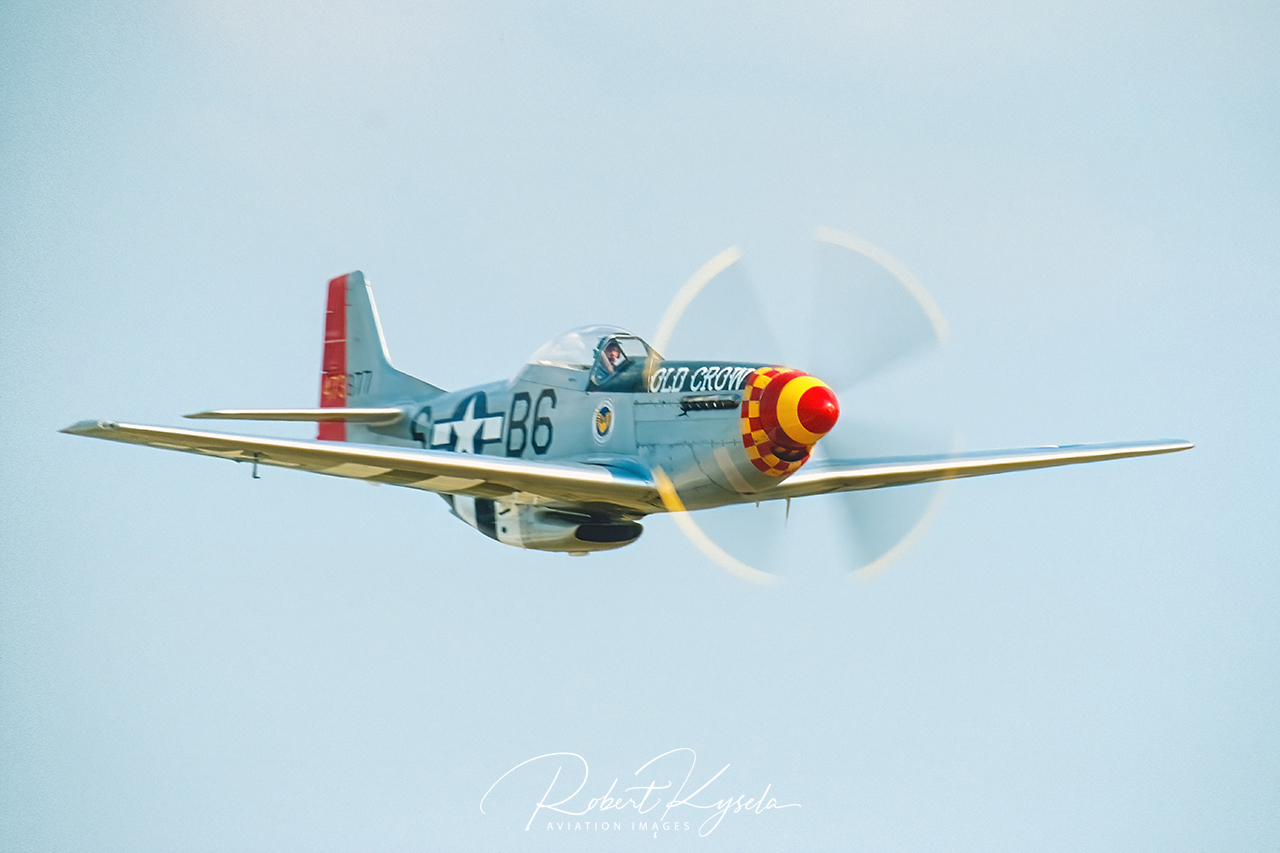
From an aviation enthusiasts’ point of view, 1992 to 1998 was truly a golden age. Never before and certainly never after, had there been a time when more aviation events were held featuring a greater variety of participating aircraft and equipment than during these extraordinary times. Even the smaller, more local events held highlights some can only dream of today. One such event was held from 13-15 June 1997 at Finow-Eberswalde airfield, a former Soviet airbase located in eastern Germany. Up until mid 1993 this airfield, located to the north of Berlin, was home to the 787th Fighter Regiment equipped with the Mikoyan & Gurevich MiG-29 (NATO codename: FULCRUM). Following the departure of the Soviets, plans were made to develop this airfield into a second major airport (as a replacement for Tegel city airport), with its location selected due to its proximity to the then newly reunited capital of Berlin. Unfortunately, all these efforts came to nothing and while Finow-Eberswalde airfield is still in operation, today it is home only to a small charter company (Finow Air Service GmbH) and an aviation museum. Apart from that not very much going on there anymore.
This association was founded by Austrian-born Harry Krainz with the aim of making airshows and flying days attractive again in Germany
R. Kysela
The FINOW-AIRSHOW was a result of the hard work put in by its organisers, the FLYING LEGENDS ASSOCIATION GERMANY e.V. This organisation was founded by Austrian-born Harry Krainz with the aim of making airshows and flying days in Germany appealing again. Together with his wife Peggy and a small troop of co-workers, this dazzling couple conducted many successful airshows (mainly in Eastern Germany) during the mid 1990’s. Unfortunately, there are two things in the Federal Republic that to this day very quickly nip any attempt to establish such events cleanly in the bud. One is excessive bureaucracy and downright grotesque regulations, the other is the weather. Every privately financed and organised airshow is dependent on the weather being at least reasonably good on the days of the show. If the weather is poor and the event is completely under water, it’s the organiser who usually goes under with it. At Finow however, the Flying Legends were lucky and while the weather conditions were mixed, this didn’t detract from a great event being held. After all, the organisers did have a lot on offer.
The highlight par excellence was a flight demonstration of a Mikoyan & Gurevich MiG-29A from Fighter Squadron 73 “S” based at Laage, not too far away from Finow. Nowadays, its unimaginable for the Luftwaffe to send an entire contingent of aircraft to a privately organised event, but at Finow two MiG-29A aircraft were present, with the display pilot, Hptm. Bernd Pfähler, providing a magnificent demonstration. The German Air Force inherited 24 MiG-29 aircraft (22 x single-seater MiG-29A and 4 x two-seater MiG-29UB) from the former East German NVA (National People’s Army) and operated the type up until 2003. The ‘29’ maintained a kind of stepchild existence within the German Air Force – loved and pampered by its pilots (and aviation enthusiasts) while coveted by other NATO members as the perfect sparring partner, however the ‘29’ was unwanted by the German leadership, particularly its politicians and the lobbyists within the arms industry. Therefore, when the FULCRUM was handed over to Poland for the symbolic price of 1 euro per aircraft, all parties quickly agreed on the deal with Germany being very happy to get rid of the MiG in a very uncomplicated way. Only one aircraft now remains in Germany and is currently on display at the Luftwaffe Museum in Berlin-Gatow.
Cpt. Pfaehler's MiG was not parked far away from the spectators in a cordoned-off safety area, but right in front of the audience
R. Kysela
The Scandinavian Historic Flight (SHF) from Norway made a great contribution at Finow. Several aircraft were on display, including the North American P-51D MUSTANG “Old Crow” flown by the collection’s founder and owner, Anders Saether, who sadly passed away only quite recently. The original “Old Crow” was flown by legendary flying ace Col. Clarence E. “Bud” Anderson (in fact, Col. Anderson flew quite a few aircraft named “Old Crow”, including a P-39, various Mustangs, and even a Republic F-105 THUNDERCHIEF). The name “Old Crow” derives from a brand of cheap whiskey, but whether this was Col. Anderson’s favorite drink is not known. Furthermore, the Douglas A-26 INVADER “Sugarland Express” of the SHF was also a guest. The A-26 was one of the few aircraft that saw active service in World War II, Korea and the Vietnam War. Its sleek design coupled with two powerful 2,000 hp Pratt & Whitney R-2800-27 Double Wasp radial engines gave it a high speed of 360 mph. SHF’s A-26 was built in 1944 and was used as a trainer by the U.S. Air Force (known as U.S. Army Air Force prior to 1947). The example on display has been operated by SHF since 1986.
After the war, some of these aircraft were used as target towing aircraft, but the Hispano engine was not well suited for this purpose
R. Kysela
A very rare (and quite strange looking) aircraft is the Swiss-built F&W C-3605. This unusual looking aeroplane is based on the C-3601 reconnaissance/fighter-bomber, which in Swiss Air Force service is powered by a Hispano-Suiza 12-Y5 inline engine. After the war some were used as target towing aircraft, however its Hispano engine was not well suited for this role. For this reason, an AVCO Lycoming T53-L-7A turboprop was installed in a revised airframe, giving the C-3605 its distinctive albeit unusual appearance. A total of 23 aircraft were equipped with the turboprop engine and the type was used by the Swiss Air Force as a target towing aircraft until 1987. The C-3605 (D-FOXY) at Finow belonged to Klaus Marzina who in September 2002 was involved in a mid-air collision with a Robin R.2160D ACROBIN (D-EHDC) during a photo flight. The Robin crashed, killing the two occupants onboard, while Klaus Marzina was able to make an emergency landing despite his C-3605 suffering engine failure and being badly damaged. Since then, “D-FOXY” has been on display at the Auto-Technik Museum in Speyer, Germany, where damage to the propeller blades and engine cowling are both clearly visible.
VERDICT: The airshow at Finow was a great experience. The atmosphere at the former Soviet airfield, with its numerous warbirds and modern jets such as the air force Panavia TORNADO IDS was something special. It was just a pity that the efforts of the organisers and all those involved to make airshows in Germany respectable again has been lost in the swamp of bureaucracy. The FLYING LEGENDS ASSOCIATION GERMANY e.V. is now relegated to history. What remains is the memory of a few great events, the spirit of optimism from the 1990’s with the hope of bringing aviation back to the masses, now only highlighted by a few beautiful photos. So that these do not gather dust sitting on the shelf we are pleased to present this report to reminisce these wonderful times with you!
Robert Kysela / CHK6

